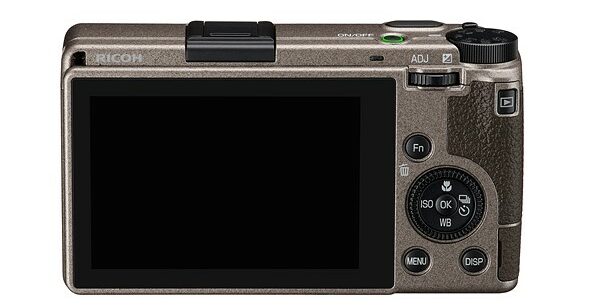Ricoh launches Diary Edition variation of its GR III compact camera
Ricoh comes out with a sleek grey-bodied version of its GR III premium digital compact camera, the GR III Diary Edition
The Tokyo-headquartered camera maker has announced that the RICOH GR III Diary Edition, a variation of the RICOH GR III premium digital compact camera series, is now available. The company’s GR series has carved out a niche for itself among street photographers and everyday picture takers thanks to its quick response, intuitive handling and compact body. The new camera, previously sold as a part of the RICOH GR III Diary Edition Special Limited Kit, features the same popular features of the standard GR III and GR IIx, but with a sleek new metallic, warm-grey finished design.
Same reliable features with a new look
As a variant of the GR III, the new GR III Diary Edition offers the same 28mm equiv. F2.8 lens, 24MP APS-C sensor with 3-axis image stabilization and phase detection autofocus as the standard GR III and GR IIx.
In addition, the new Diary Edition camera boasts an image-control mode that allows users to create photos that look as if they originated on negative film. Balancing rich colours with the discoloration of prints produced from negatives, the image-control mode creates a unique visual effect.
In another feature it has in common with the firm’s other GR IIIs, the new camera displays the number of images captured each day, the total number of recorded images, and the firmware version just before its power is shut off.

The difference between the standard GR IIIs and the Diary Edition, although it has the same compact body, is the metallic grey finish instead of the usual black exterior, and the silver accents around the lens. The new design, the company says, aims to reflect the camera’s reliability and quality while its textured finish also ensures users have a firm grip on the device.
Beyond these design features, the Diary Edition’s grip rubber has a dark-brown finish that complements the look of the camera body and when mounted, the ring cap with its natural-silver finish, accentuates the warm-toned camera body.
Improving on the GR series
The Ricoh GR III and its extension, the GR IIIx, are the third in a series of APS-C ‘GR’ compacts from Ricoh, offering upgraded features with respect to their predecessors, the GR and GR II.
With increased resolution that went from the previous models’ 16 to 24MP, the standard GR III and the GR IIIx, whose features are also included in the new edition, have become popular compact cameras.
Featuring an APS-C sensor, built-in ND filters, 2GB of built-in storage, a sharp lens and rapid autofocus functions, all packed into a compact body weighing just 0.56lbs or 257g, the GR III and GR IIIx are easy-to-use devices that can fit in a user’s pocket, making them ideal for street and impromptu photography.
In addition, the GR IIIx comes equipped with a 40mm f/2.8 lens.
A long history of compact innovation
Ricoh has been creating compact cameras for over 60 years. After launching its initial mass-produced camera, the Ricohflex III in 1950, the firm released its first compact camera in 1960, the Auto 35, which at the time was the only electric-eye camera in the world developed by a Japanese company.
In 1962, the camera maker rolled out the Auto Half—a half-frame, fully automatic camera that also came in a compact format. A modestly-sized device that required no manual control skills, the Auto Half became the world’s smallest automatic camera.
The firm then went on to became a digital pioneer, rolling out its first digital camera as early as 1995, the DC-1, which was also a pocket-sized model housing what at the time were a number of cutting-edge features like zoom, data communication, and video recording with sound.
In 2011, Ricoh acquired the PENTAX Imaging Systems Business.
For more Imaging news, click here.

